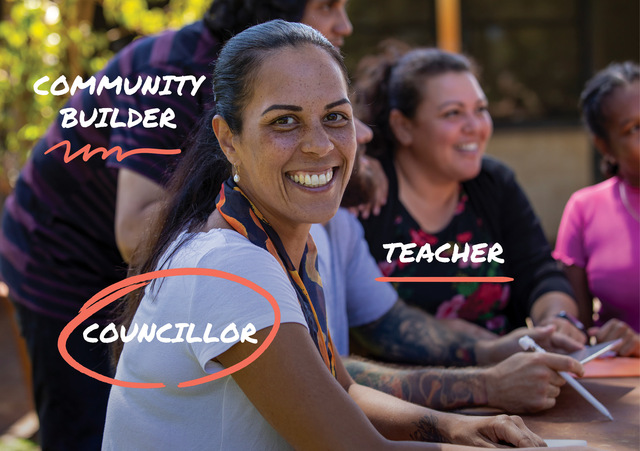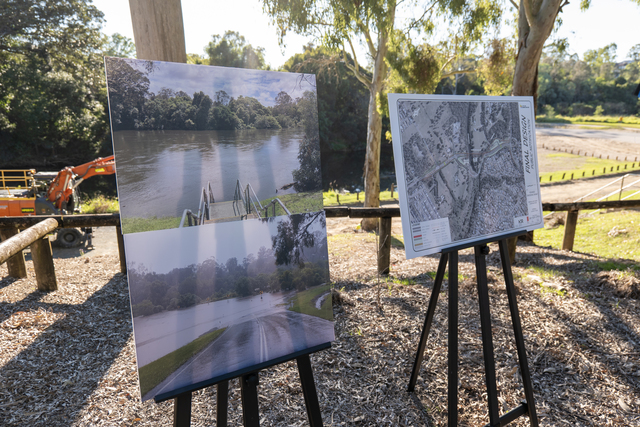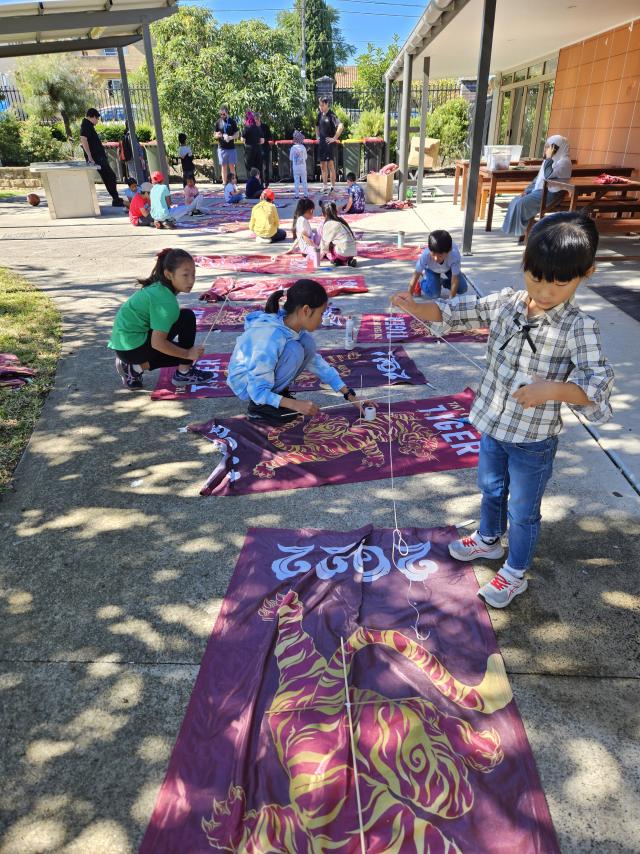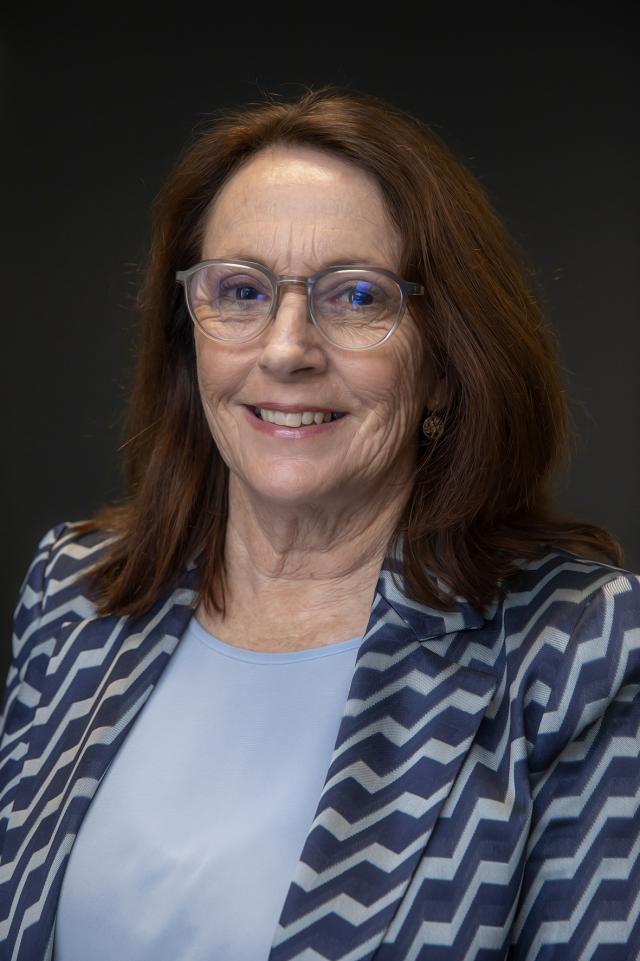Most federal programs are in freeze mode until the Commission of Audit process works its way to a conclusion.
The Commission’s interim report has been with the federal government for a month now, under tight security.
The goss is that it’s 900 pages long and is going to cause considerable angst to the Abbott Government.
Although the PM promised that ‘it will be released at the appropriate time and when it has been properly considered’, I suspect the final version will be quite different from the interim version, which may never be released.
Why? Well judging by the bits and pieces I am hearing, Amanda Vanstone, Tony Cole (ex-Treasury) and Peter Boxall (ex-Finance) have worked on a broad canvas to identify federal wastage and largesse.
No problem with that, but their analysis surely has big holes in it because you cannot properly research and formulate objective advice on quite complex federal programs in the limited time they’ve had.
But Chairman Tony Shepherd will be left fielding the questions who, despite his private sector record, will be out of his depth on public policy and government budgets.
Ministers Hockey and Cormann will be drawn in to pacify a whole range of agitated industry associations and not-for-profits.
Hockey will relish this role.
He has assiduously created the drama about the Budget Black Hole.
I’ll bet London to a brick that he’ll switch to Uncle Joe mode, pitching a middle course if people work with him.
Two titbits – interim report is rumoured to doubt the need for the Regional Development Australia program, and Defence is concerned about its big procurement plans in a sea of welfare cuts.
Paid Parental Leave and the productivity J curve
There are reports that the Commission of Audit’s initial draft sees the $5.5 billion paid parental leave (PPL) scheme as too expensive.
But PM Abbott told Parliament he ‘absolutely’ stands by his proposal and that ‘It’s good for women, it’s good for families and it’s very good for our economy because if we can get the participation rate up, we will get our productivity up, we’ll get our prosperity up, it’ll be good for everyone.’
This brings back memories of Paul Keating in the 1980s carrying on about the J-curve theory.
The gist was that a fall in dollar would lead to improvements in the current account deficit; imports would become more expensive and our exported products would become more competitive. The graph of this would resemble the letter J.
But the curve never eventuated, mainly because Australian consumers were hooked on imported goods, and our major trading partners were quietly protecting their own markets.
Fast forward to the PPL scheme.
Markets have a habit of not acting according to theory.
While a rise in female participation rates should theoretically deliver productivity benefits, (as in the Swedish experience), finding the ‘evidence base’ will be problematical.
Moulamein 200 Club
Most federal programs require matched funding of 50 percent, leaving project proponents to scratch around for state, local and community funding, and invent some figures about in-kind funding.
A great example of real cash from a small local community is Moulamein’s 200 Club.
Local State member, John Williams (Murray Darling), is a regular and enthusiastic visitor to the Shire despite being based in Broken Hill.
He explains: “Moulamein is a small but great community that recognises the battle to maintain itself during an exodus of people from regional areas.
“It is a credit to the people of Moulamein that, instead of sitting around and watching the town deteriorate, they formed the Moulamein 200 Club, of which I’m a proud member.
“In 1998 the Club was formed by John Raymond, who came from a LGA in Melbourne where they had a 500 Club.
“Moulamein formed the 200 Club, because each member contributes $200 towards projects to benefit the Moulamein community.
“The Club also provides opportunities for social interaction and holds two or three functions a year.”
The Moulamein 200 Club has distributed $66,000 for projects e.g. $20,000 for local football/netball club rooms; $8,000 for the skate park; $5,000 for resurfacing netball courts; $8,000 for a new printer for the Moulamein newsletter; $3,000 for fish restocking; $3,000 for a post and rail fence at the entry to town; $3,000 for a men’s health night; $500 for tree planting in the town; and $10,000 to the art gallery in a renovated shop.’
Thanks to the Moulamein community and its leaders, John Raymond and John Williams for creating this best practice scenario.
Farm suicides
Last month I flagged the need for a national trial of farmgate counsellors to address the mental health crisis in some regions.
Farmers often won’t admit to a problem, let alone make formal appointments.
Faced with lengthy queues, they put treatment aside.
We’ve received supportive emails and calls from across Australia (see Letter to the Editor below), and I’ve relayed material to advisers to federal Ministers Andrews and Joyce, and Bob Katter and assorted backbenchers.
The response has been mixed, but NSW Minister Kevin Humphries has a small program, and the Rural Alive and Well program in Tasmania looks the goods.
The need is to scale things up.
Please ring for details.
Rod Brown is a Canberra-based consultant and lobbyist specialising in industry/regional development, investment attraction and clusters, and accessing federal grants. He also runs the Cockatoo Network.
Phone: (02) 6231 7261 or 0412 922 559
Email: apdcockatoo@iprimus.com.au
Blog: www.investmentinnovation.wordpress.com (750 articles)
Have your say… Letters to the editor
Dear LG Focus,
I read the article ‘Keeping the Black Dog at bay’ (March 2014, pg 6) with great interest.
Our Council area is located in rural South Australia and is situated basically between the Barossa Valley, Riverland, Murraylands and Mallee.
Men’s mental health appears to be a significant issue in many parts of our district, but is a real problem in and around a particular town in the region where there have been reports of four male suicides over the past two years.
Council is trying to investigate options and initiatives that we can become involved in to help address this alarming problem.
We can relate to many of the points that you made in your article including not wanting to admit having depression, the issues around formal appointments and lengthy queues.
We too have discussed at a local level the ‘farmgate’ approach and have been trying to support the local men’s shed, but agree that it is not for everyone.
If there is any way that we can help support your [Rod Brown’s] lobbying and advocacy efforts please let me know.
Also if there are any programs, initiatives, grants etc. that you are aware of that might help us to address the issue I would appreciate it if you could let me know.
Congratulations on your efforts to support rural and regional Australia.
Regards
Shane Thompson
Director, Community Services
Mid Murray Council







